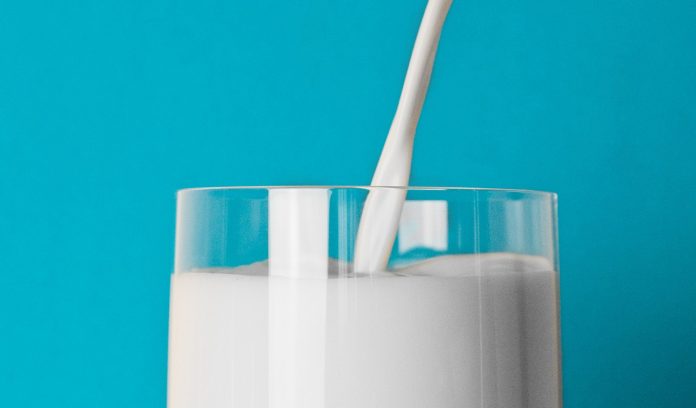Over the past year, there has been a lot of discussion about how to modernize milk prices through the federal order system to recognize industry changes, since the last major update in 2000 and to correct a change made in the 2018 farm bill that greatly affect Class I milk price.
The federal order system was created in the 1930s to establish orderly milk markets and return market power to the producers. The market disorder was caused by the perishable nature of fluid milk, the seasonal variability in production that didn’t match the fluctuation in consumer consumption and the multiple uses of milk.
Today these challenges still exist with the federal order working to ensure consumers have an adequate supply of fresh fluid milk. Also working to assist dairy farmers in developing stable and reliable milk markets along with promoting and maintaining orderly milk marketing conditions.
National Milk Producers Federation submitted the most comprehensive Federal Order hearing request on May 1 with five areas of proposed amendments. The first area, changes to make allowances, will be discussed this week.
The areas that NMPF is requesting amendments to that we will discuss in future weeks are:
- Returning to the higher of Class I mover;
- Discontinuing the use of barrel cheese in the protein component price formula;
- Update the milk component factors for protein, other solids, and nonfat solids in the skim milk price formula for Class III and Class IV;
- Update the Class I differential pricing surface throughout the U.S.
The additional four areas proposed by NMPF should have a positive effect on dairy producers’ bottom line and counter the decrease in milk price caused by the updated make allowance discussed below.
Federal orders establish minimum prices for raw milk but do not establish minimum retail prices. They also do not guarantee dairy farmers a milk market or a profitable milk price.
Through make allowances, they do establish the amount of make a processor will retain. Since the last major federal order reform in 2000, milk prices are based on a voluntary survey of dairy product manufacturers that sell bulk wholesale butter, nonfat dry milk, dry whey and cheddar cheese in 40-pound blocks and 500-pound barrels.
This information is used to calculate the prices of butter fat, protein and other solids. These formulas also have a yield factor which is the amount of cheese made from a pound of protein or butter made from a pound of butterfat.
The proposed make allowance changes are based on a voluntary survey in the upper Midwest that had low participation rates with only a third of processors providing data. The voluntary data was also not audited for accuracy. A study from California found that current manufacturing costs compared to current make allowances are 51% higher for cheddar cheese, 49% higher for dry whey, 39% for butter and 59% higher for nonfat dry milk.
Hearing requests acknowledge the need for a better way to determine and update make allowances through a mandatory survey of manufacturers’ cost of production and product yield. One-way plants have improved profitability is to improve product yield. These future mandatory surveys would provide much better accuracy for updating the make allowances by having all processors participate and having the data be auditable. While U.S. Department of Agriculture has the authority to do this data collection, Congress will have to fund this survey data collection making the mandatory survey somewhat separate from the federal order hearing.
National Milk Producers Federation predicts that the proposed updated make allowances will have a negative initial effect on producers if done alone without their other four proposals. It would reduce the national all-milk price by $0.54/cwt, Class III price by $0.58/cwt and Class IV by $0.53/cwt.
Increased make allows long term should lead to increased investment in process facilities, increased production of higher-value products that are also more expensive to produce and the ability for efficient plants to again pay producer premiums for high-quality milk. In three weeks, part II will discuss changing the Class I mover, barrel cheese and updated component factors. The last article in the series on Class I differential changes will be in five weeks. These changes will have a much more positive affect on dairy producers.













